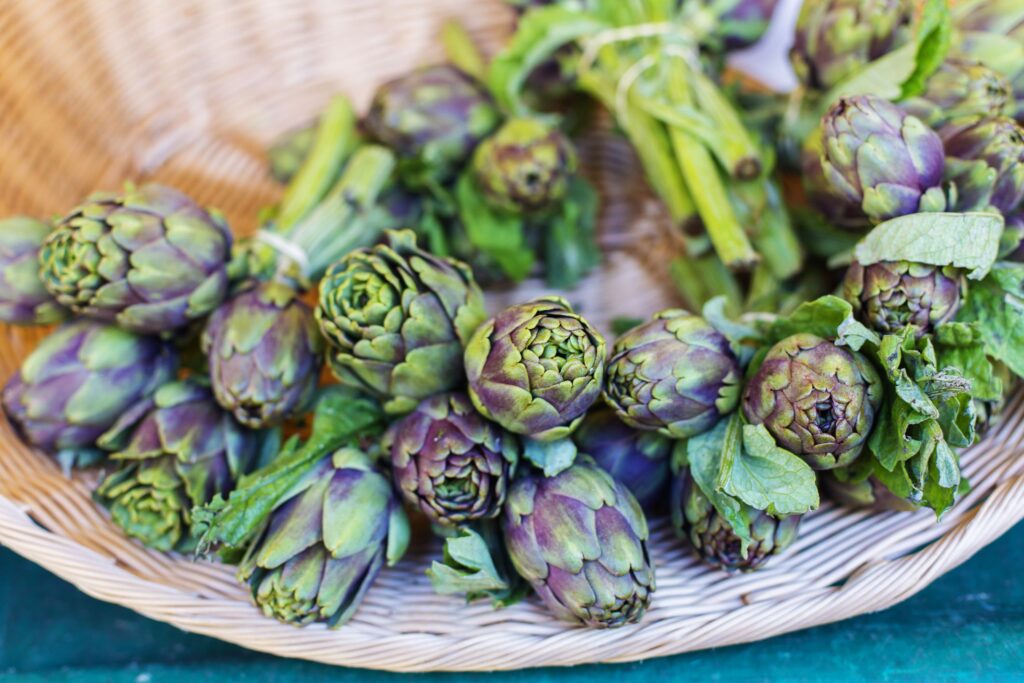Most people are familiar with the standard vegetables that are in season during the fall and winter months, such as carrots, potatoes, Brussels sprouts, and cabbage but when are artichokes in season? Knowing when artichokes are in season is important if you want to enjoy this delicious vegetable at its peak freshness. In this blog post, we will discuss the history of artichokes and outline when they are typically available in grocery stores.
We will also provide some tips on how to select and store fresh artichokes. Finally, we will share some recipes for dishes that feature artichokes as the main ingredient. So whether you are an experienced cook or a beginner, you should know when are artichokes in season.

So, When Are Artichokes in Season?
An artichoke is a thistle-like vegetable that is related to the sunflower. It is typically grown in Mediterranean climates, and can be found in grocery stores throughout the year. The edible portion of the artichoke is a flower bud that is harvested before it blooms.
Artichokes are typically eaten boiled or steamed, and the edible portions are removed one at a time by scraping off the edible flesh with your teeth. The leaves of the artichoke can also be eaten, but they are tough and require a lot of chewing.
The peak season for artichokes is from March to June, and from September to October. All year, California artichokes may be found, but they are at their best during the summer and fall. They’re rather pricey, but they’re frequently on sale in the spring when they’re most plentiful.
Yes, you can buy frozen artichokes. They can be found in the frozen food section of most grocery stores.
Frozen artichokes are a great option for a quick and easy side dish. Simply thaw them out and cook them according to the package directions. They are also a good option for adding to dishes like soup or risotto.

How do we know if the Artichoke is Fresh?
If you’re unsure whether an artichoke is fresh, there are a few things you can do to check. First, look for signs of wilting or browning. Bruised artichokes shouldn’t be eaten either. Secondly, give the artichoke a gentle squeeze. If it’s weak and offers no resistance, it’s probably overripe. Finally, cut off the top of the artichoke and take a look at the choke. The choke should be tightly closed and green in color. If it’s open or black in color, the artichoke is past its prime.
There are many benefits to eating artichokes. They are a good source of fiber, which can help to regulate digestion and promote regularity. Artichokes are also a good source of vitamins C and K, as well as minerals like potassium, magnesium, and phosphorus. They can help boost the immune system, improve heart health, and protect against age-related cognitive decline. Additionally, they taste delicious!
